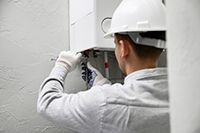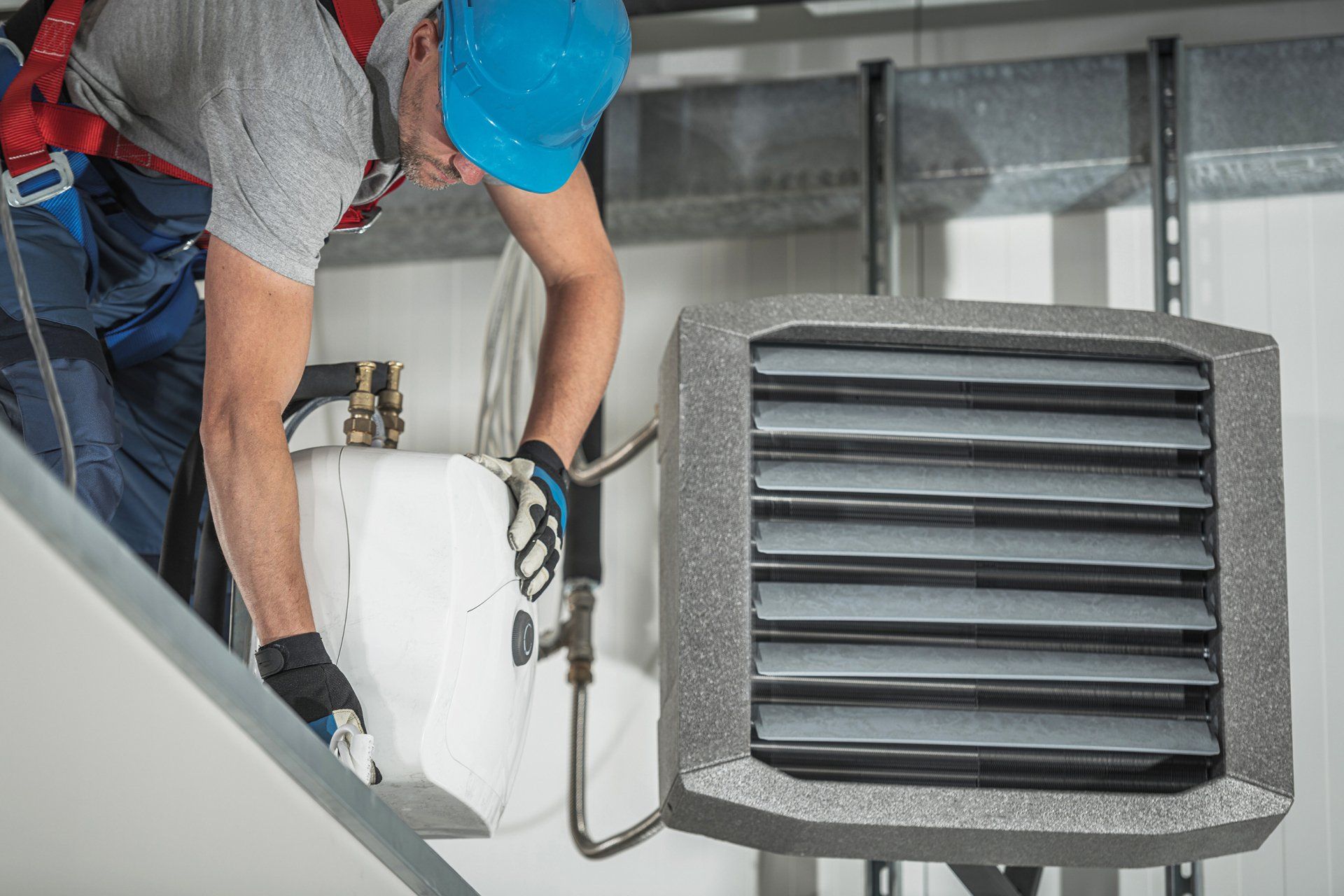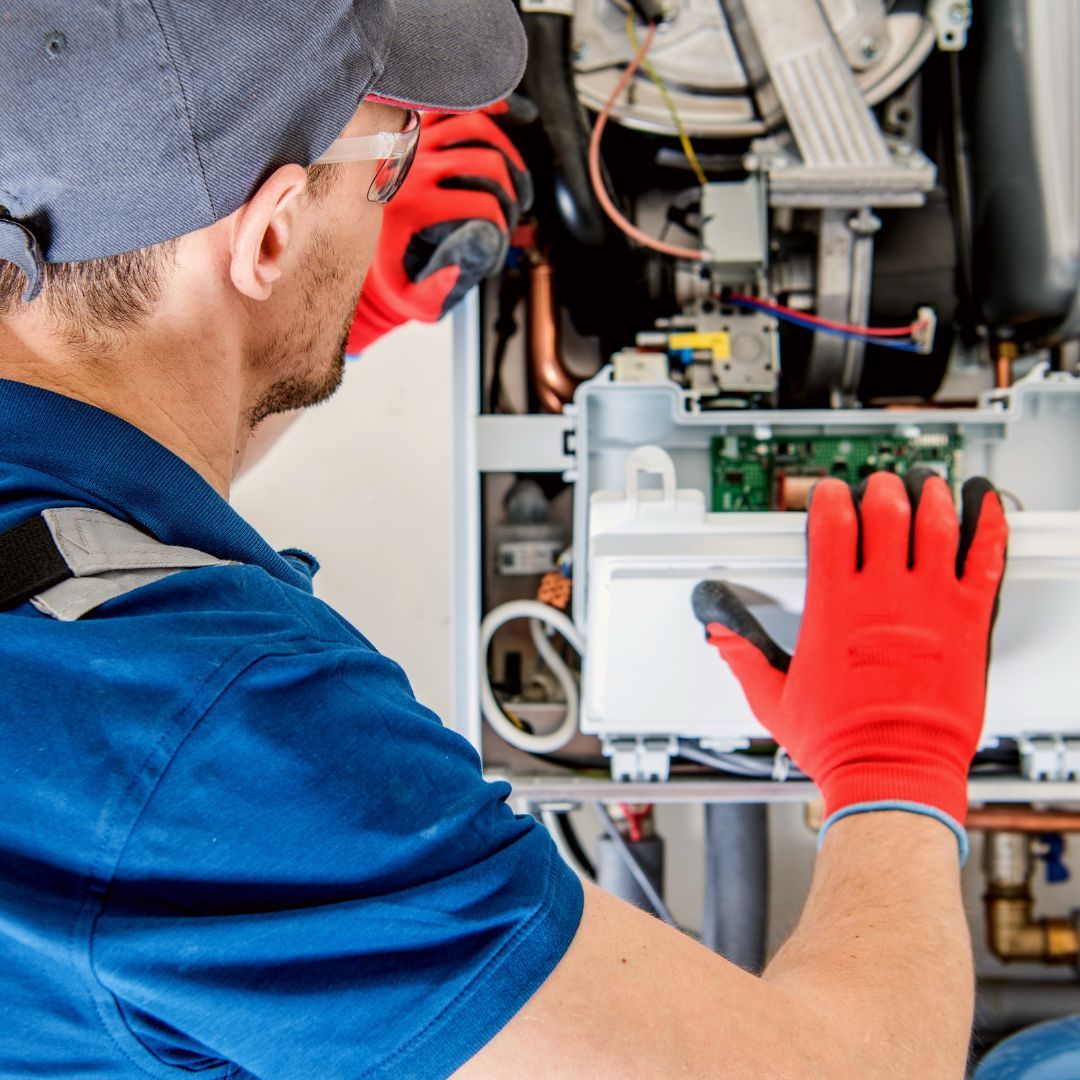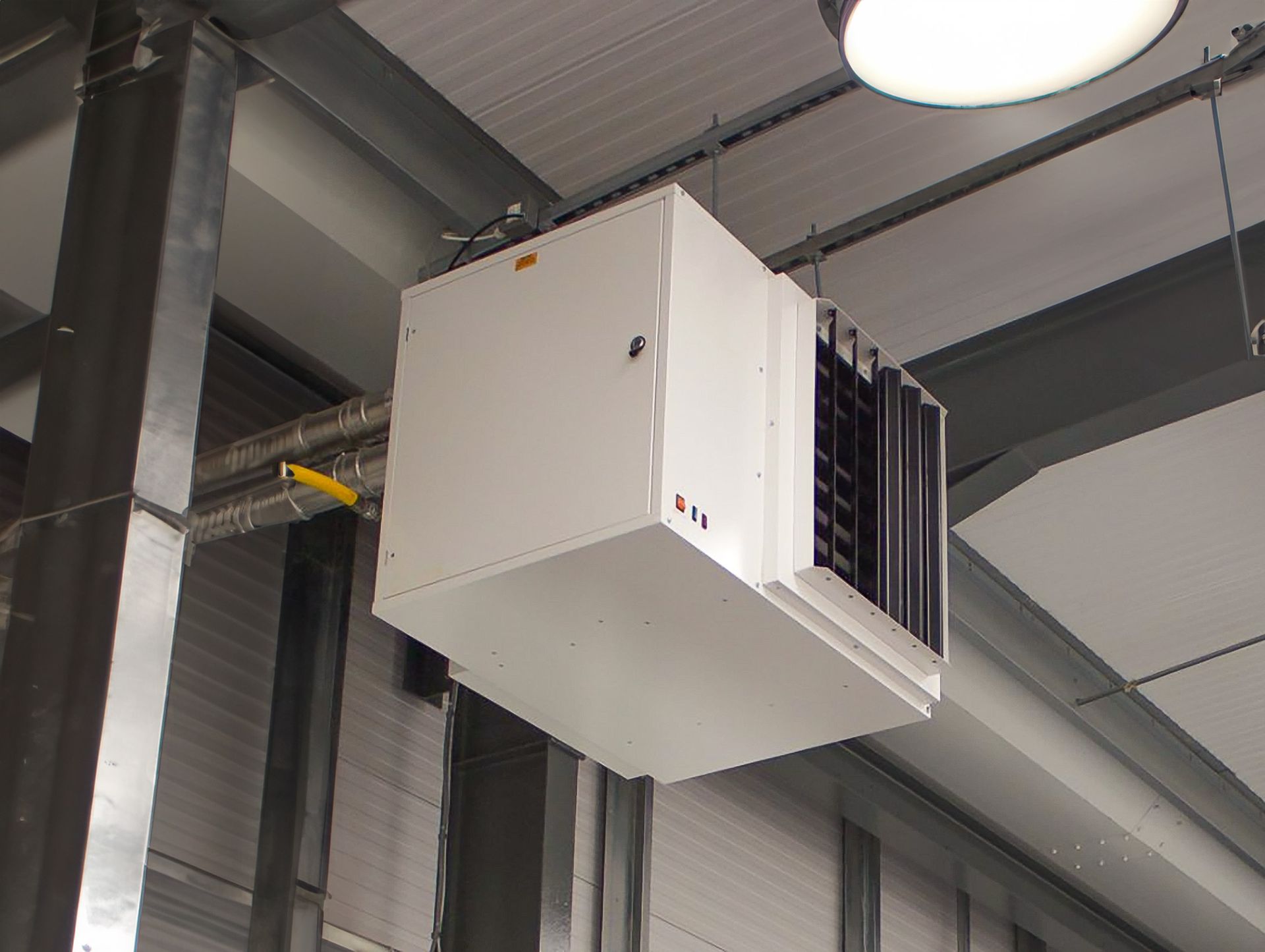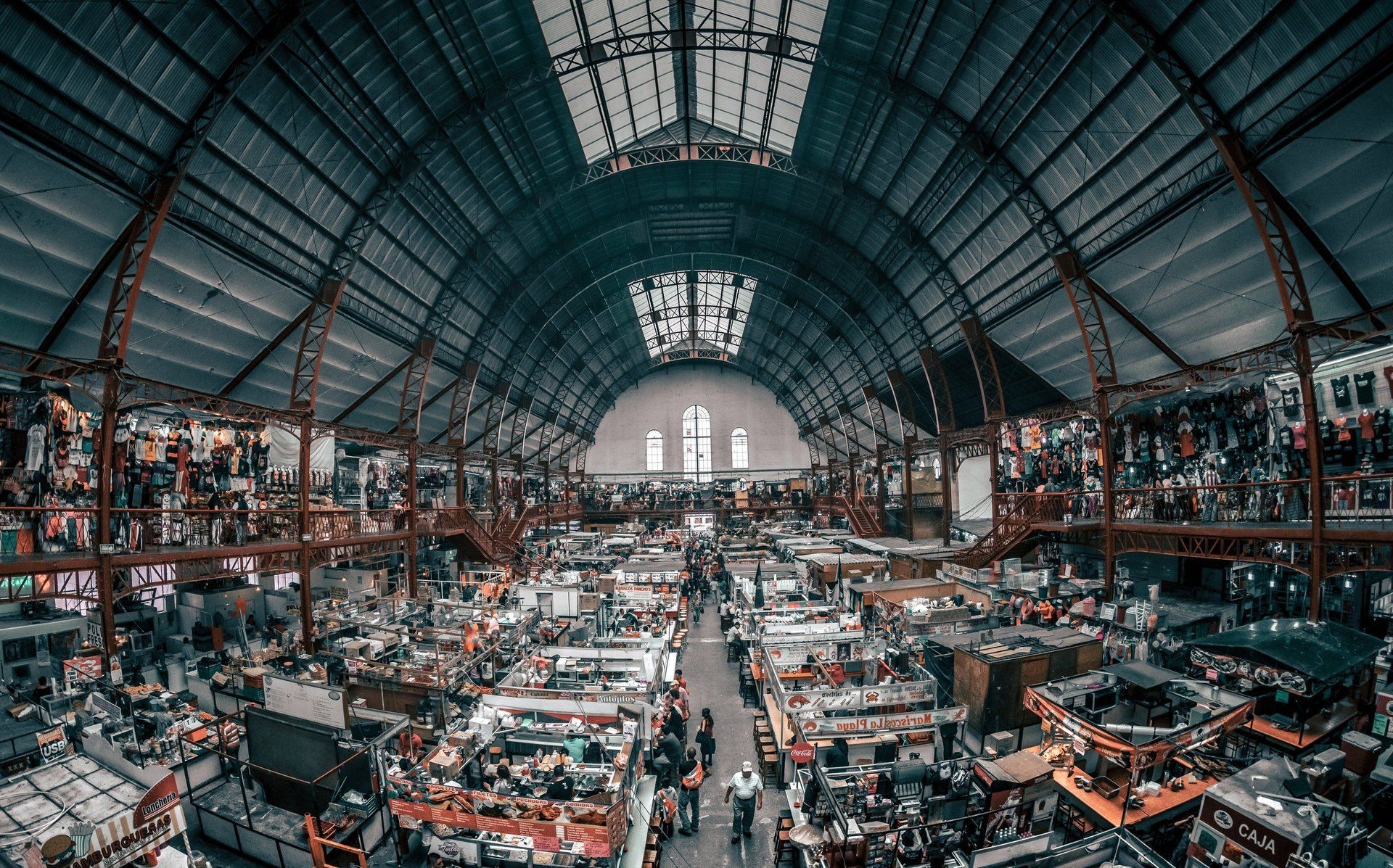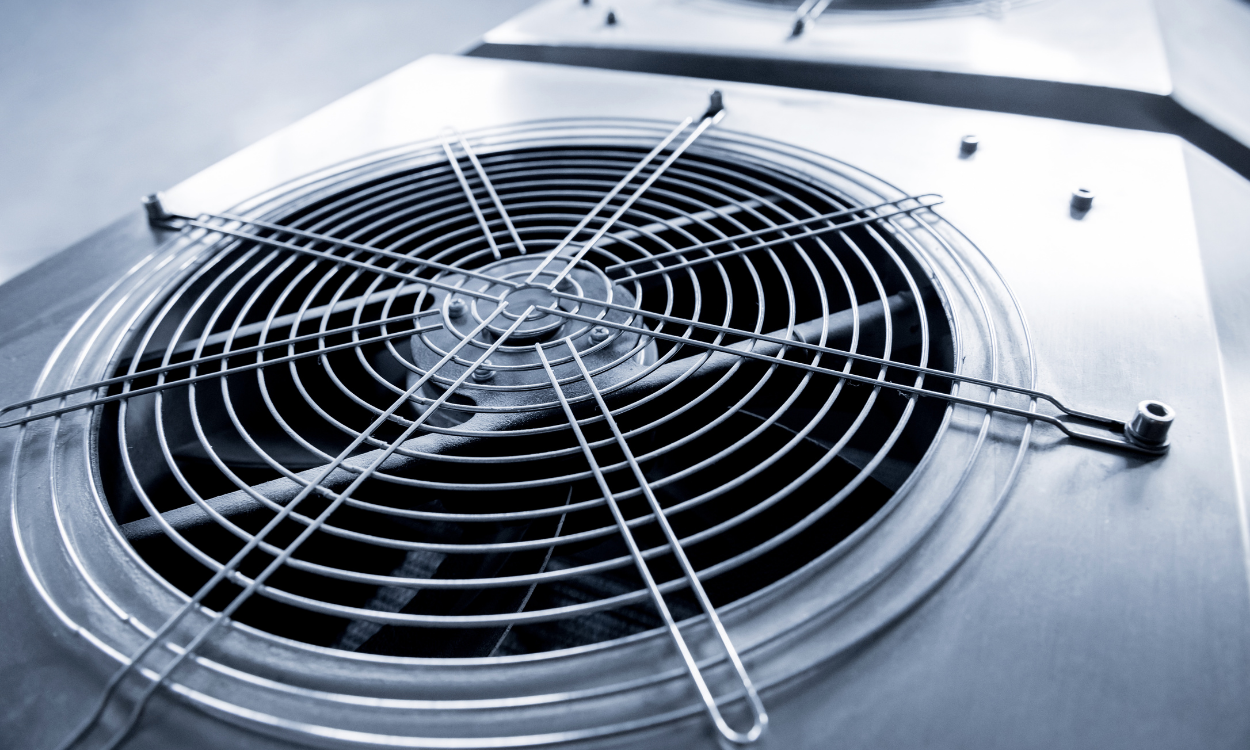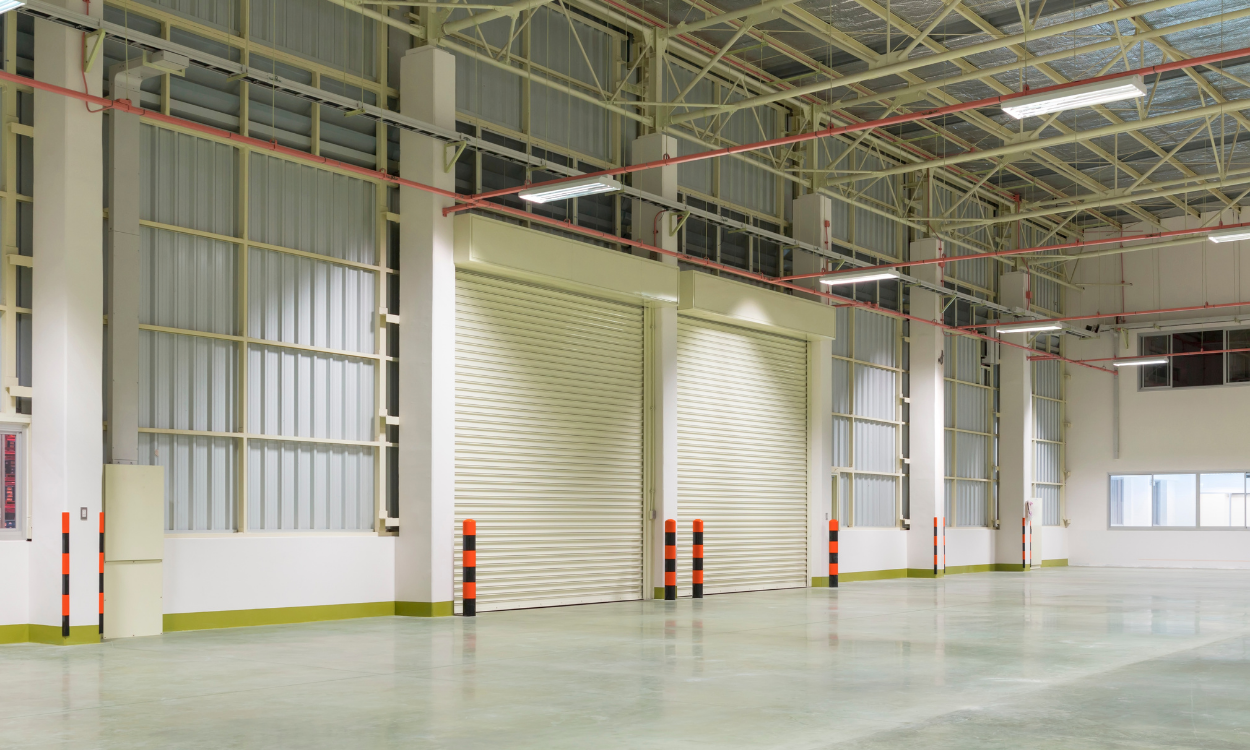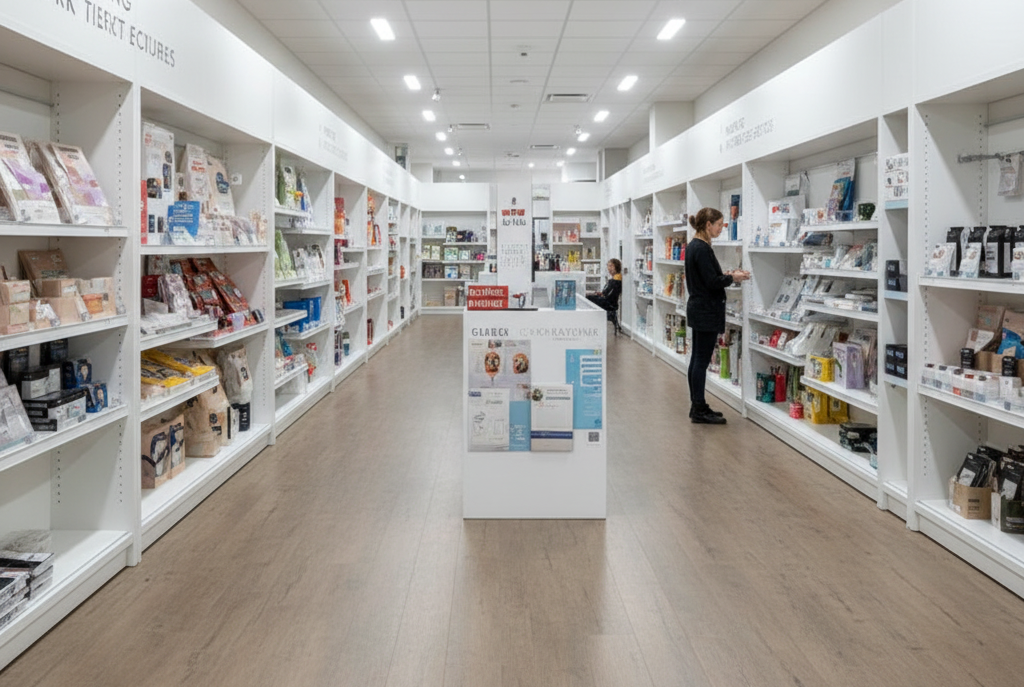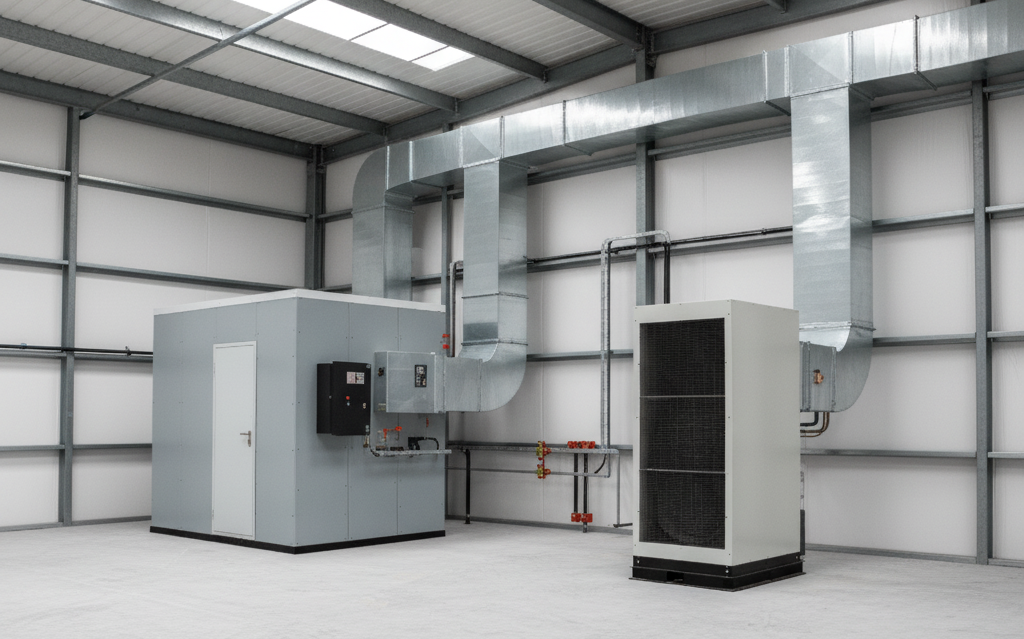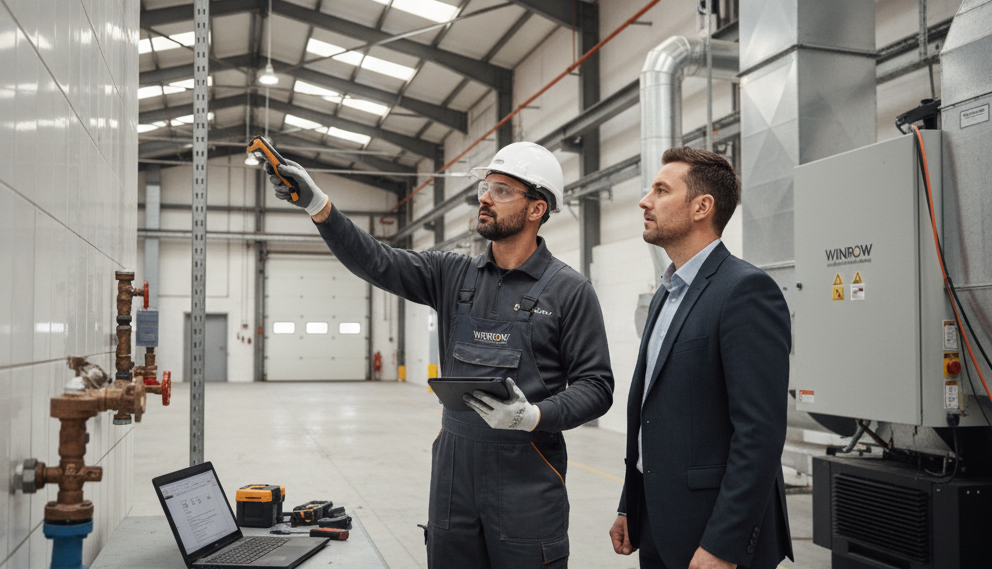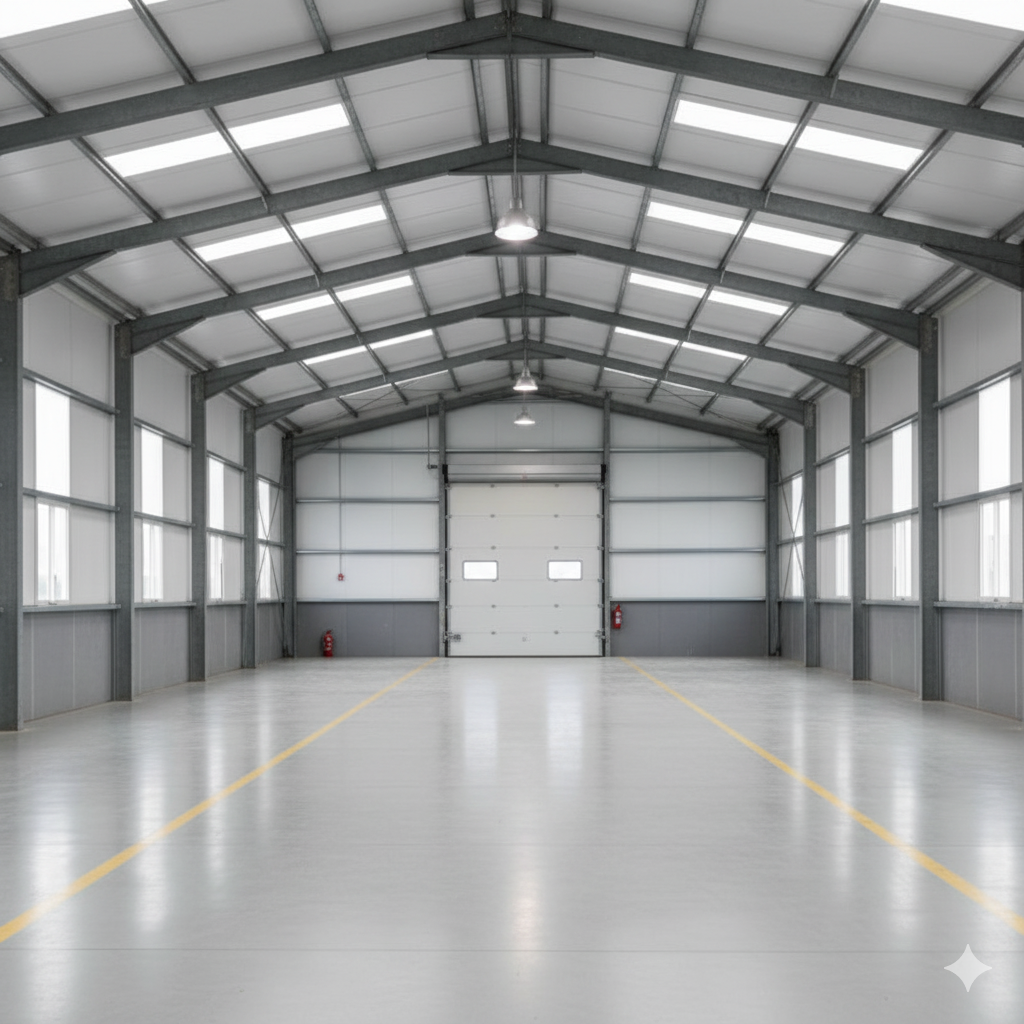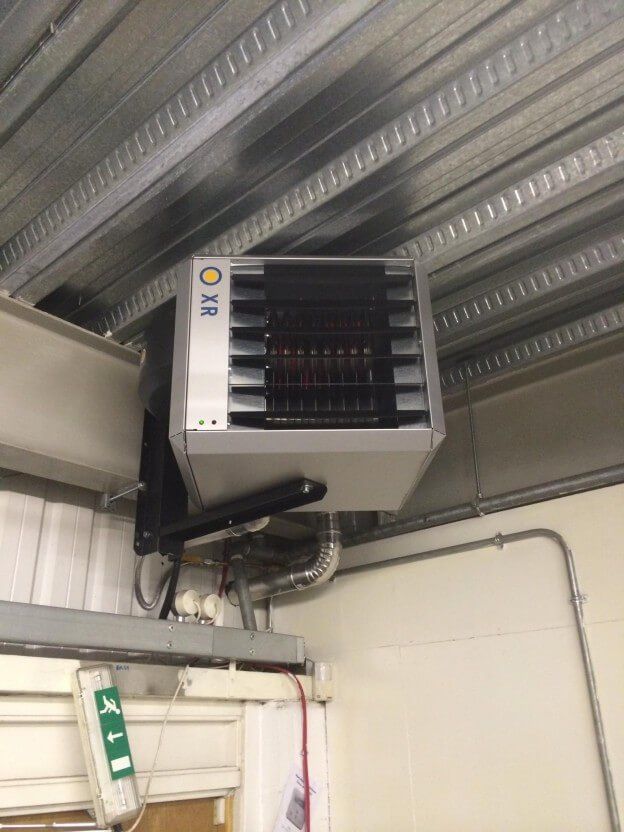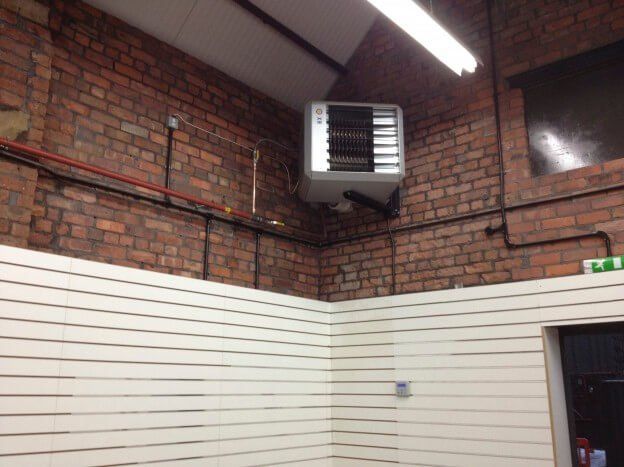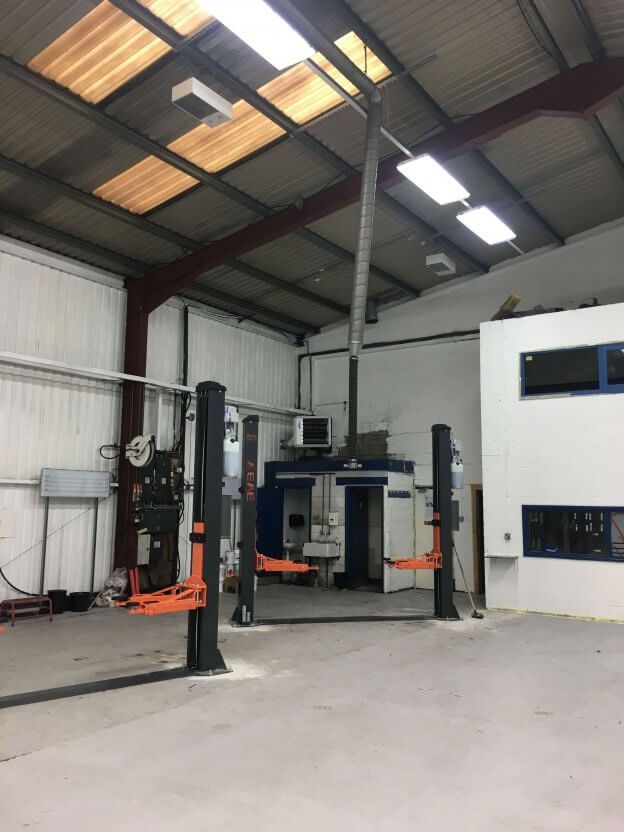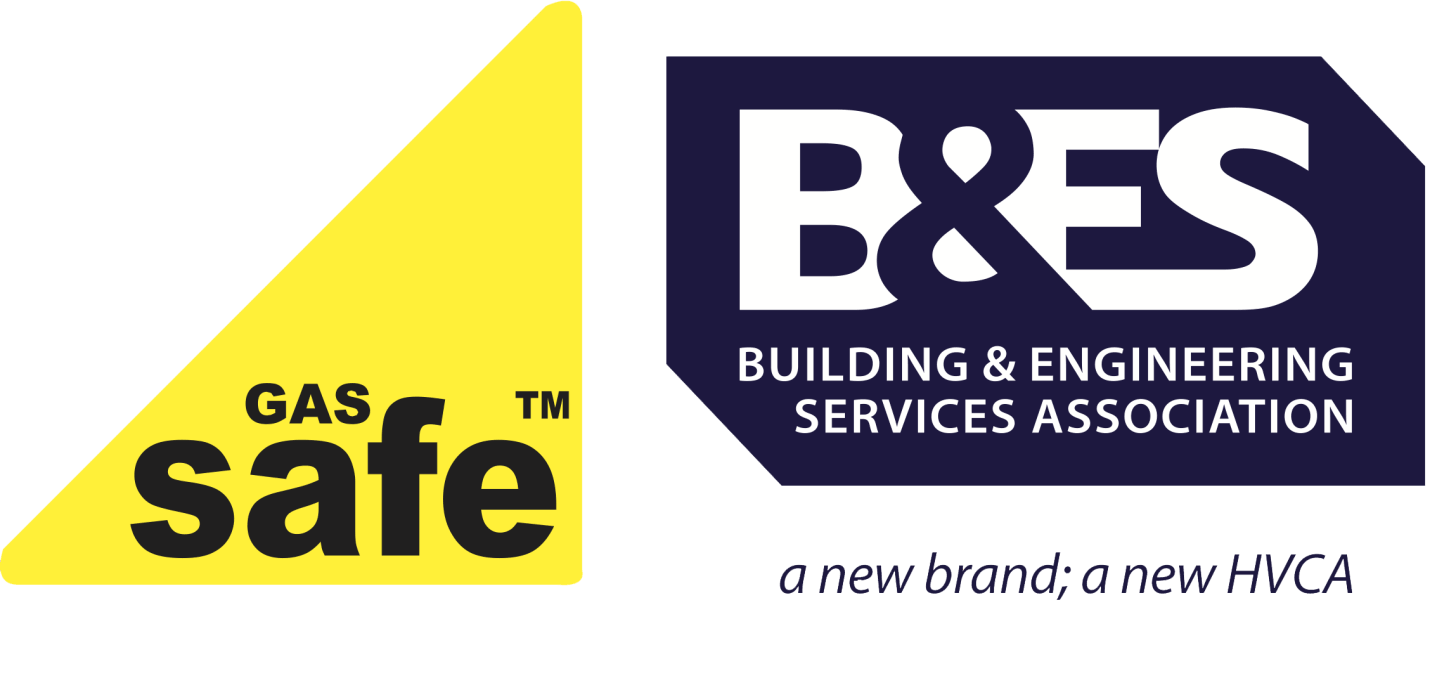How To Heat An Industrial Unit
Industrial units require more sophisticated heating solutions than the average home. Not only are most industrial units much larger and have more open space, but many require a certain level of heating so that they can keep to safety regulations or keep any equipment inside in working order.
Just like the spaces that need heating, industrial heating solutions vary. Below you’ll find a breakdown of the different types of industrial units that can be heated along with the heating solutions that are available for each. Between these, you’ll find out how to heat an industrial unit and the options that are available to you.
Types of Industrial Units
Industrial units come in all shapes, sizes, and space profiles. Let’s go through some examples of the most common industrial units that may require heating.
Garages
Whether it’s a domestic or industrial garage, it’s no secret that they’re difficult to heat properly. The garage is often a chillier place than the rest of the home, that much is a given, but it’s important that the temperature of your garage space is well-regulated.
The garage is where expensive and sensitive vehicles, vehicle parts, and tools are often kept, along with other storage options. Keeping your garage suitably warm can be the key to keeping all of this equipment functional, saving you both time and money in the long run.
Warehouse
Warehouses are mass storage areas and, while it depends on what is being stored, they need suitable heating to avoid temperature damage to valuable products and materials. Warehouses often have employees in them too, whether they’re retrieving goods, sorting through goods, or guarding the goods. Whichever is the case, the warehouse needs to be at a comfortable temperature so that nobody gets cold.
Workshop
A workshop combines many of the concerns of a garage and a warehouse. Not only does it store the valuable machinery and tools that need to be kept at a stable temperature but they are also going to be occupied during working hours.
To avoid damage to any stored materials or workshop projects, the workshop needs to be stabilised so that it doesn’t get too cold. Then the workshop also needs to be warm enough that employees inside are at a safe temperature.
Factory
Factories are larger spaces that are almost constantly occupied during work hours and house large, expensive machinery that can be costly to replace if they sustain temperature damage.
Showroom
If your garage needs sufficient heating, it makes sense that showrooms need to be properly heated too. These showrooms house expensive vehicles for display and sale, and so they need to be kept at a temperature where they won’t sustain damage over time.
Gyms and Sports Halls
Gymnasiums and sports halls are large empty spaces that should be warmed when people are active inside. Sports and physical activities can be more difficult when the space is cold, so it’s important that the area is warm enough to facilitate a workout. This is especially the case where the hall is at a school or leisure centre, where there is a duty of care to the people inside using it.
Retail Spaces
Retail settings act as both a storage and display area, so they must be kept warm to keep products intact and anybody shopping inside at a comfortable temperature. The level of heating required depends on what is being stored but all retail spaces should cater to the temperature requirements of the shoppers and employees inside.
Types of Heaters Used in Industrial Units
With such a variety of industrial spaces that need heating, there is a wide catalogue of heating solutions available to have all of them covered.
Industrial heating solutions can usually be divided into four different categories – radiant heating, warm air heating, air rotation heating, and destratification.
Radiant heating is where heat radiates from a source. In domestic heating, this will be a radiator along a wall in your living room. In commercial and industrial heating, this is better done through the installation of radiant tubes or plaque heaters that are suspended from the ceiling. This allows them to send heat across the larger spaces in these industrial settings without making the air hotter, which can get uncomfortable in high-traffic areas.
Warm air heating is where the air is sucked in using a fan, where a heat exchanger warms the air and sends it back out into the space. This is important for keeping a stable warm temperature across the entire space, which is achieved through either an electric system or hot water circulation, or systems that run off gas or oil.
Air rotation heating is where temperature-regulated air is moved across an environment at low speed, providing a level temperature across larger spaces. Like warm air heating, colder air is drawn in, warmed, then released, but there’s less costly ductwork required to get the system working properly. It is great for frost protection, avoiding moisture damage on anything stored in the area.
Destratification is where the internal air of a building is purposely combined, levelling out the temperature in a process named thermal destratification. We all know heat rises and in larger spaces, this means that heat is wasted, along with the power and money used to generate that heat. By recirculating this air with destratification fans, the temperature is stabilized with this topmost layer of air.
Which Type of Heater is Best for Each Type of Unit
Garages
Garages need to avoid surfaces becoming too cold, which usually requires warm air heating to maintain a stabilised temperature. Since garages vary so wildly, the perfect heating solution for any one garage changes depending on the building in question. At Winrow, we have a variety of heating solutions compatible with different setups.
Warehouse
Warehouses work best with radiant or warm air heaters. If the warehouse has high-rise racking, warm air heaters are the better choice to ensure that the heating is properly stratified. Otherwise, it depends on the building, and localised heating is best left to radiant heaters.
Workshop
Depending on the size of the workshops, radiant heating is generally the best option. This is especially the case if there are high levels of air infiltration into the workshop. Fortunately, Winrow offers simple air heaters that can be used to upgrade or outright replace pre-existing workshop heating systems.
Factory
Factories are heated best through warm air heating and radiant heating, specifically through tubes suspended from the ceiling above high-traffic factory areas.
Showroom
Showrooms are often heated through infrared heating systems, which are a type of radiant heating.
Gyms and Sports Halls
Sports halls and similar leisure areas require ventilation along with heating, which is something that a warm air heating system also provides. As part of a boiler system, as many schools have, then radiant panels may be the best solution to keep the area heated.
Retail Spaces
Depending on the size of the shop or retail space in question, retail environments are best treated with suspended ceiling heating that’s out of the way of employees and shoppers. This means radiant heating tends to be the more suitable option, though some retail units have warm air ductwork in place for warm air systems.
Find The Perfect Heater For Your Industrial Unit
At Winrow, we provide, install, maintain and repair all types of industrial heaters. Contact us today to find out how we can help you save money on your heating and provide a cost effective, environmentally friendly and efficient replacement. Call 0800 0588 035 and let us find the right solution to your heating problems.
Share This Post.
Need a Quote?
Is your business is looking for heating upgrade or an installation quote? Please call us on 08000 588 035 for a free quotation or fill out our contact form and we’ll get back to you as soon as we can.
If you could also attach some relevant images of the building and advise the building volumetric, it will help with our initial design assessment. Thank you.
